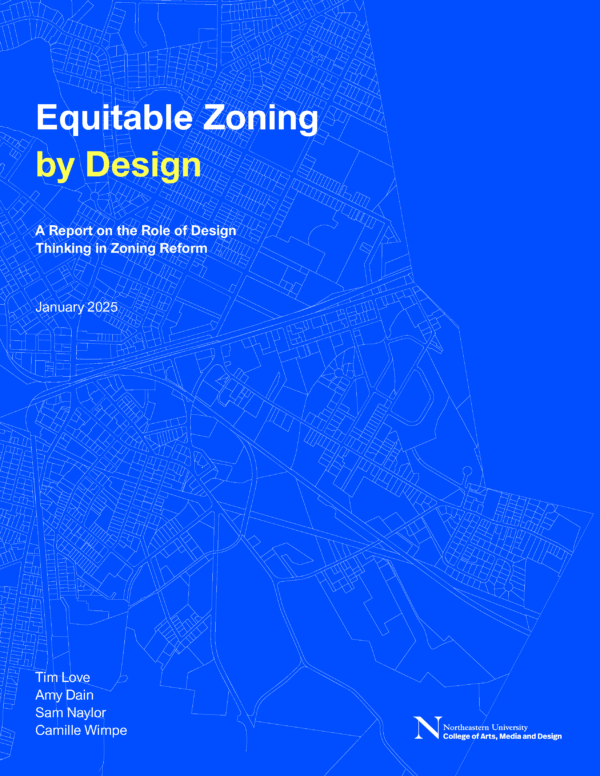 Equitable Zoning by Design
Equitable Zoning by Design
Resources
 Equitable Zoning by Design
Equitable Zoning by Design
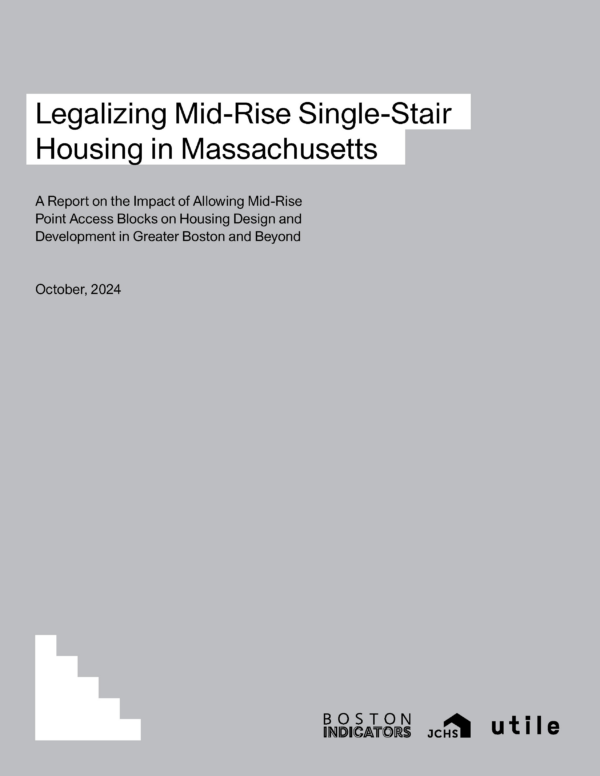 Legalizing Mid-Rise Single-Stair Housing in Massachusetts
Legalizing Mid-Rise Single-Stair Housing in Massachusetts
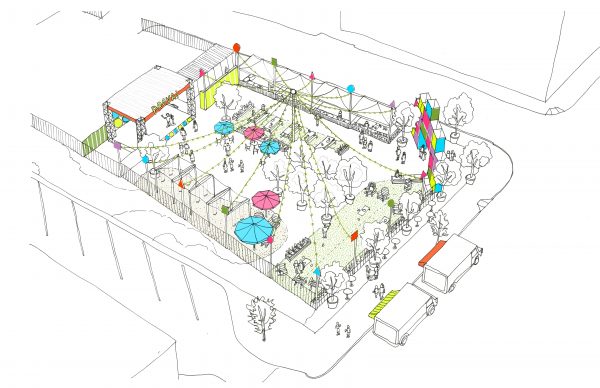 Utility at PROVA!
Utility at PROVA!
Reflections on the translation from drawing to reality of our concept sketch for the PROVA! beer garden in downtown Brockton.
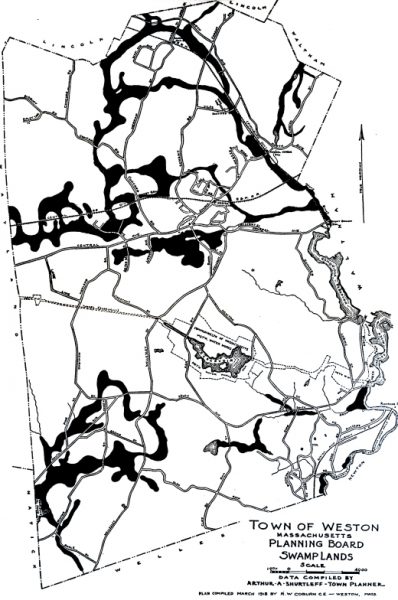 Lessons from a 1924 Town Plan
Lessons from a 1924 Town Plan
Tim’s observations from working with the Town of Weston, MA on improvements to its historic Town Center, which includes streetscape design, pedestrian safety, traffic, utility infrastructure, and parking.
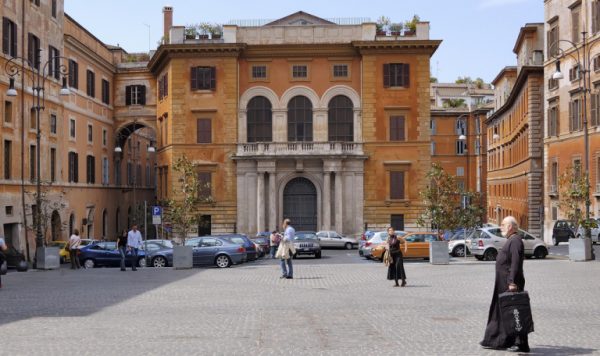 The Letting Go: Loose Planning for Urban Spaces
The Letting Go: Loose Planning for Urban Spaces
A flexible method that embraces informality and appropriation within a fixed city could be of great value to cities with changing demographics and constrained resources.
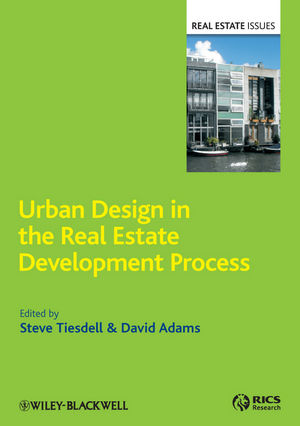 Plot Logic: Character-building through Creative Parcelization
Plot Logic: Character-building through Creative Parcelization
“Plot Logic: Character-building through Creative Parcelization,” by Tim Love and Christina Crawford in Urban Design in the Real Estate Development Process, edited by David Adams and Steve Tiesdell (London: Wiley-Blackwell, 2011).
 Urban Housing Atlas
Urban Housing Atlas
Urban Housing Atlas, 2008 – A compendium of more than twenty multifamily projects that Utile designed from 2003 through 2007.
 Ideology vs. Pragmatism in New Urbanism
Ideology vs. Pragmatism in New Urbanism
“Ideology vs. Pragmatism in New Urbanism,” by Tim Love in Constructs, Yale School of Architecture, Fall 2008.
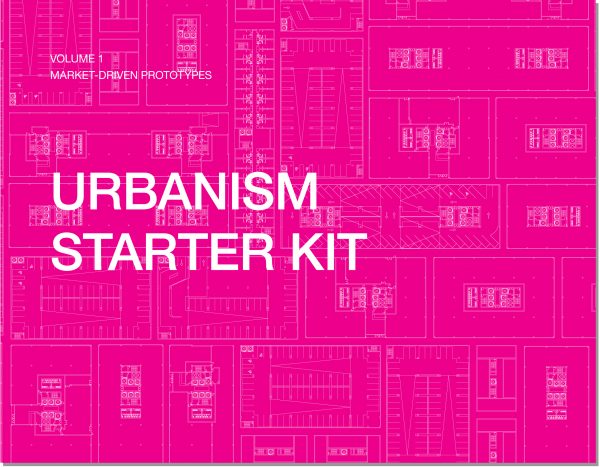 Urbanism Starter Kit: Market-driven Prototypes
Urbanism Starter Kit: Market-driven Prototypes
With funding from Yale University, Utile developed nine market-driven building types as a kit-of-parts to inform the graduate urbanism studio, a course that Tim Love coordinated and taught in 2009. These buildings were conceived to allow for more informed early-phase testing of urban design proposals for Beacon Yards, a 77-acre tract of land acquired by Harvard University for real estate development adjacent to its planned science campus. The building types, conceived parametrically with embedded data, not only allowed for the rapid prototyping of physical proposals, but also a detailed understanding of the density, program mix, demographics, and parking requirements of each of the development scenarios.
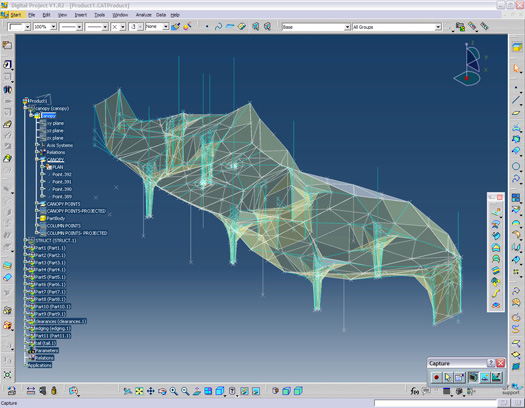 Between Mission Statement and Parametric Model
Between Mission Statement and Parametric Model
“Since the late 1990s the generative capabilities of parametric modeling, or digital scripting, programs have come to dominate design discourse at schools like Yale, Harvard, Princeton and Columbia, largely due to the increasing influence and leadership of mid-career professors and practitioners such as Greg Lynn, Preston Scott Cohen and Monica Ponce de Leon.”
 Urban Design After Battery Park City: Opportunities for Variety and Vitality
Urban Design After Battery Park City: Opportunities for Variety and Vitality
“Urban Design After Battery Park City: Opportunities for Variety and Vitality” by Tim Love in Urban Design, edited by Alex Krieger and William S. Saunders (Minneapolis: University of Minnesota Press, 2009). (Essay originally published in Harvard Design Magazine)
 Color, Space, and Style: All the Details Interior Designers Need to Know but Can Never Find
Color, Space, and Style: All the Details Interior Designers Need to Know but Can Never Find
By Mimi Love and Chris Grimley (Rockport Publishers, 2007).
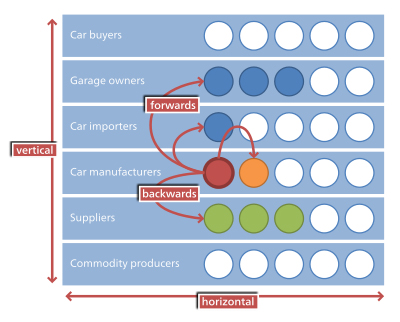 The Vertical Integration of the Design Industry
The Vertical Integration of the Design Industry
 Aesthetic agendas and the pragmatics of urban development
Aesthetic agendas and the pragmatics of urban development
 The Posse
The Posse
 Questions of Efficiency
Questions of Efficiency
 Tactical Urbanism and Its Discontents
Tactical Urbanism and Its Discontents
 Design Communication and Rhetoric
Design Communication and Rhetoric
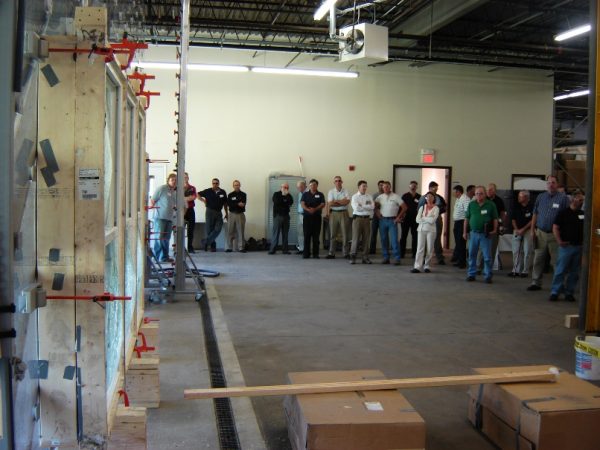 You Need to Become an Expert!
You Need to Become an Expert!
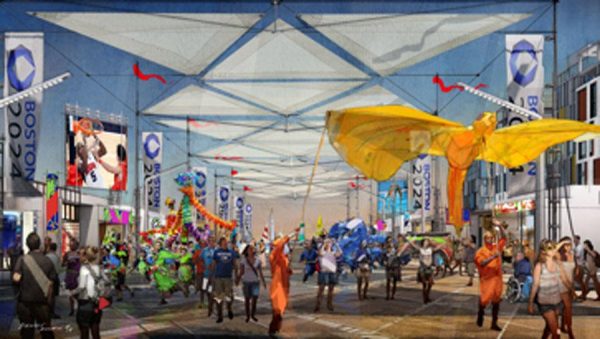 Beware a Generic Olympics!
Beware a Generic Olympics!
 Utile City vs. Turner City
Utile City vs. Turner City
 Tehrani on Mies, Saarinen, and Discursive Opportunities
Tehrani on Mies, Saarinen, and Discursive Opportunities
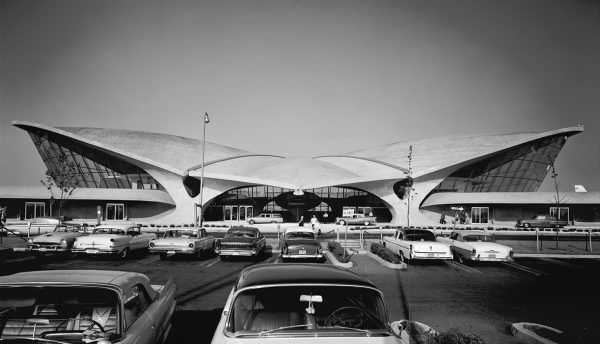 Design as On-going Research vs. the One-off
Design as On-going Research vs. the One-off
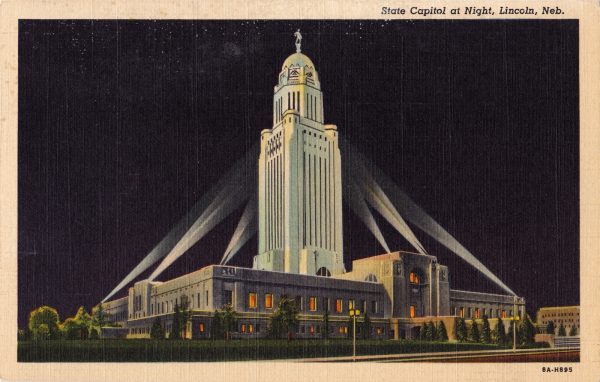 Typological Mash Up
Typological Mash Up
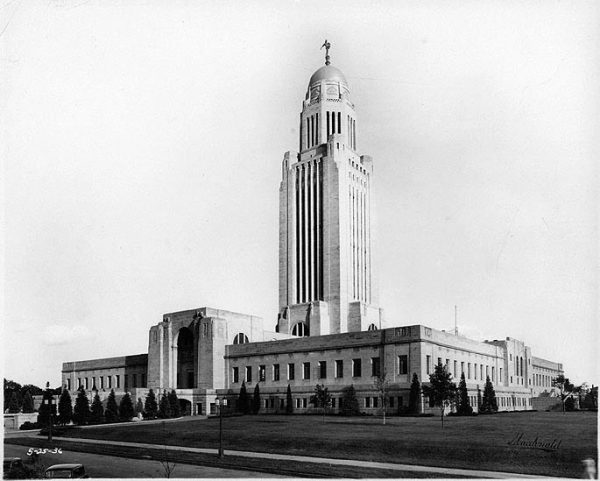 Theorizing Construction Phasing
Theorizing Construction Phasing
 Tangible Space
Tangible Space
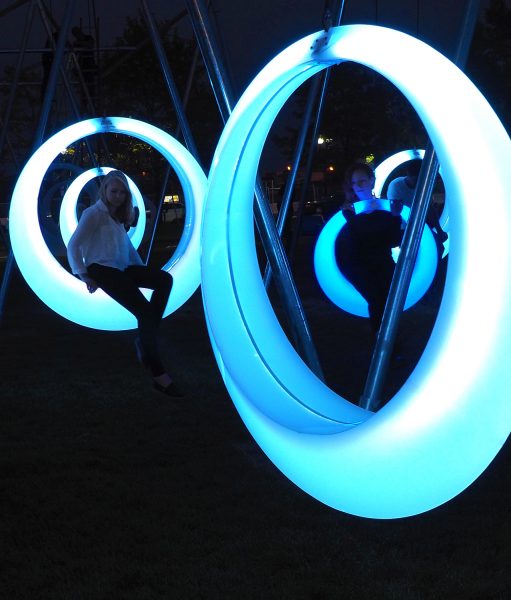 Utility of Play
Utility of Play
 Take Back The Poles
Take Back The Poles
 The Smokers’ Lounge as a Building Type
The Smokers’ Lounge as a Building Type
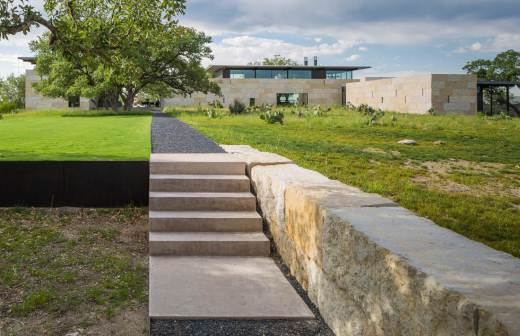 That Honest Texas Architecture
That Honest Texas Architecture
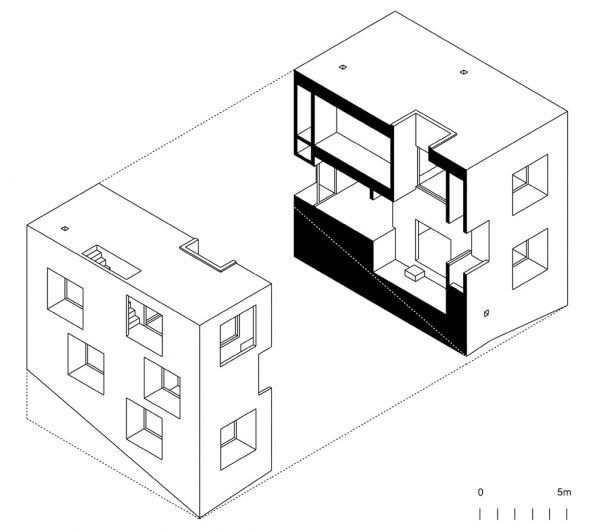 Elementalism
Elementalism
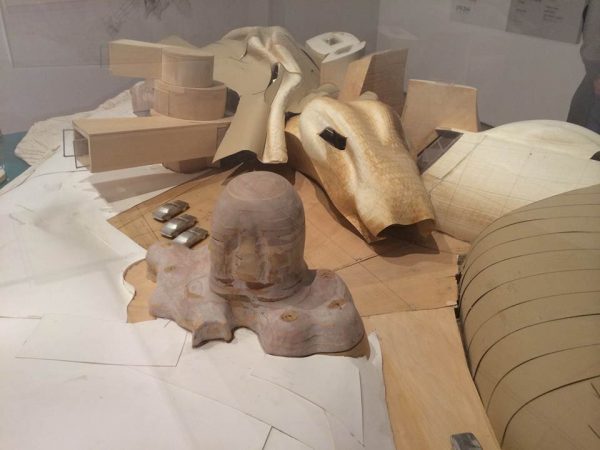 The Haunted Horse Head and the Weathered Octopus
The Haunted Horse Head and the Weathered Octopus
 Of coffeeshops, banks and Fritz Zwicky
Of coffeeshops, banks and Fritz Zwicky
 Coffee Carts and Vacant Storefronts
Coffee Carts and Vacant Storefronts
 Boston Bike Update
Boston Bike Update
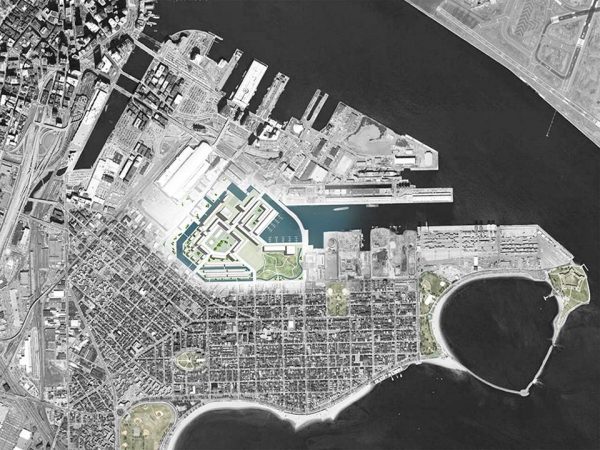 Island Neighborhood for the Boston Olympics
Island Neighborhood for the Boston Olympics
 Buildings with Zig-zag Stairs
Buildings with Zig-zag Stairs
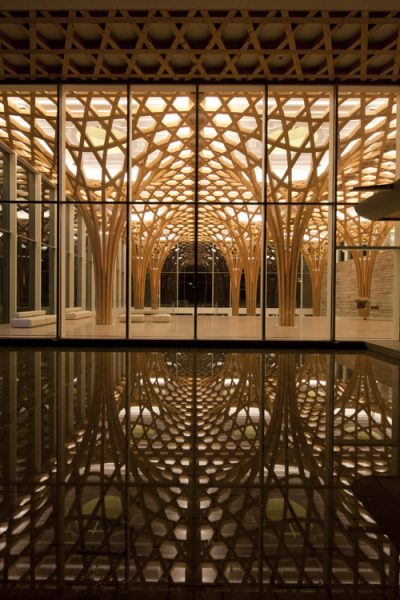 The New Wood Architecture
The New Wood Architecture
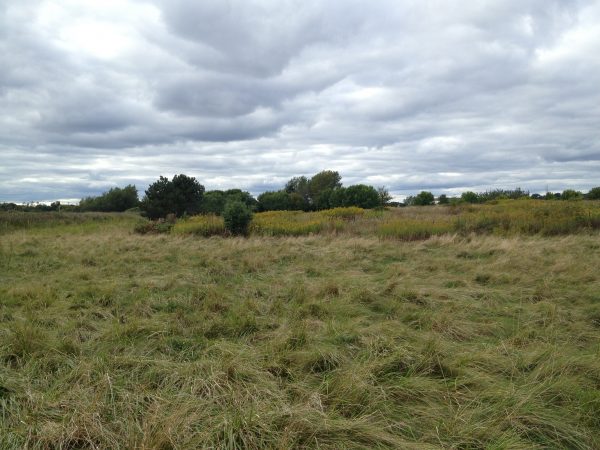 Belle Isle
Belle Isle
 Zig-zag Stair Pattern
Zig-zag Stair Pattern
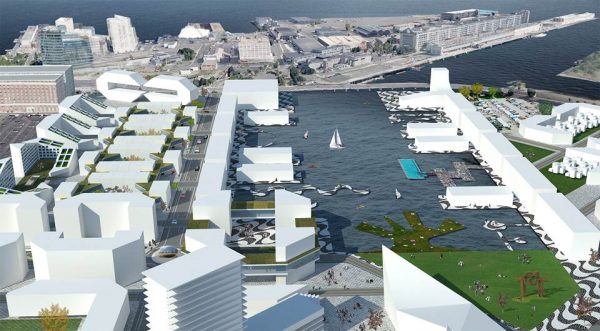 Expo-tecture
Expo-tecture
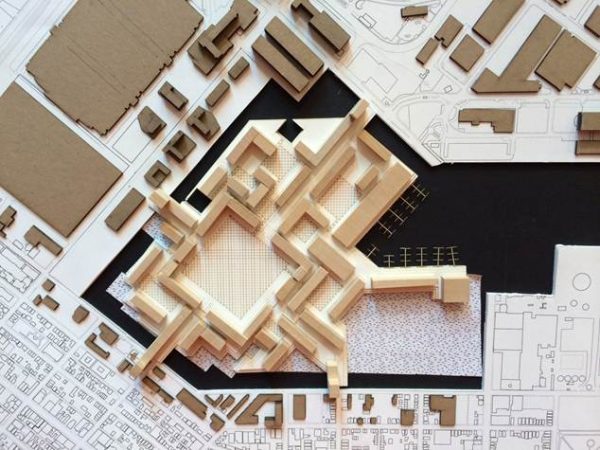 The Olympics, Boston’s Back Lot, and Yale
The Olympics, Boston’s Back Lot, and Yale
 DIY Urbanists’ Fairy Dust
DIY Urbanists’ Fairy Dust
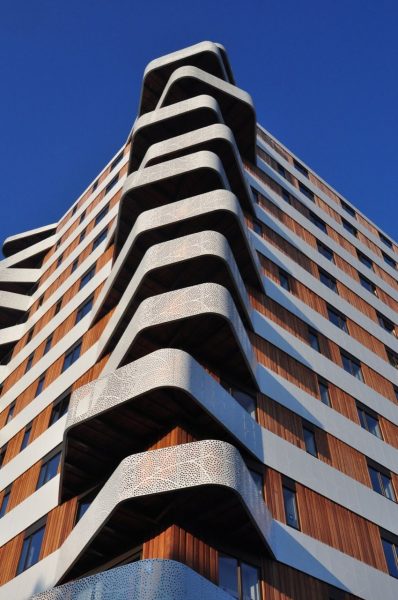 Agitated Corners
Agitated Corners
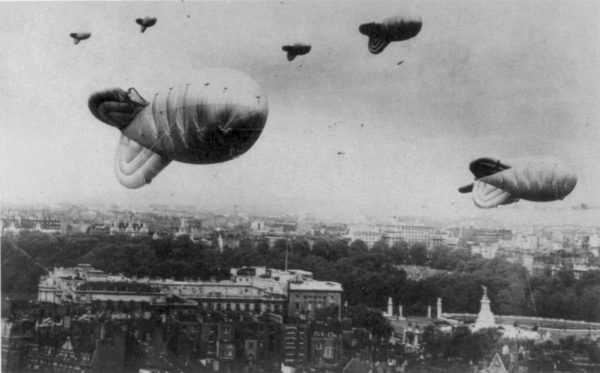 Barrage Balloons
Barrage Balloons
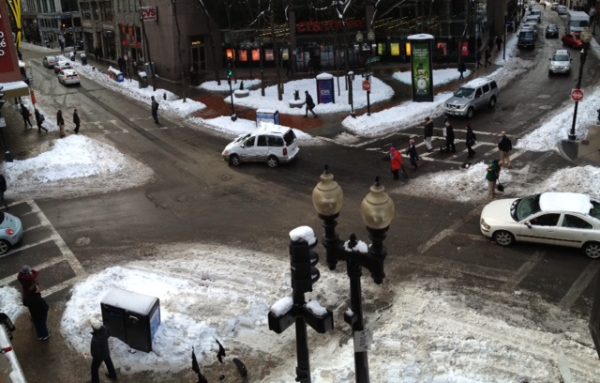 Sneck-down, sneck-down!
Sneck-down, sneck-down!
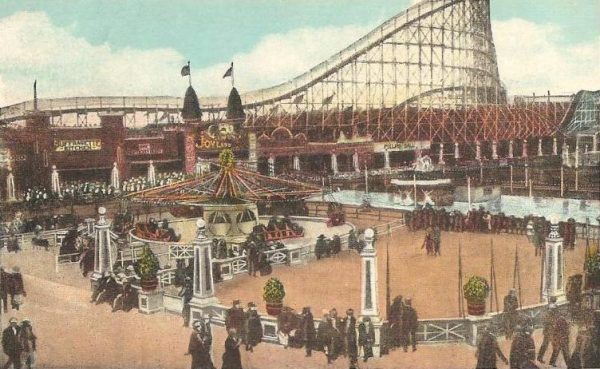 Paragon Park Memories
Paragon Park Memories
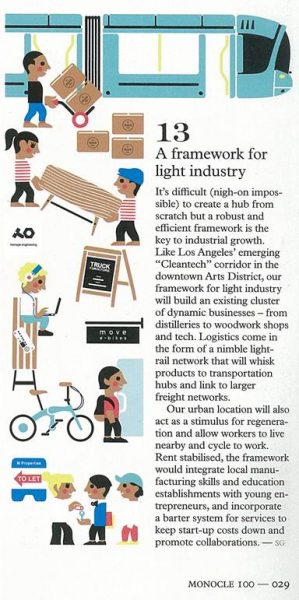 London’s Maker Lifestyle
London’s Maker Lifestyle
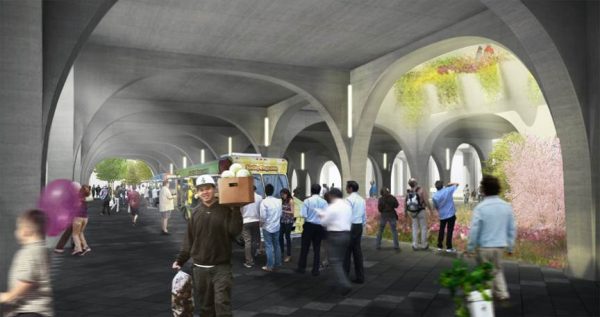 Arches and the Zeitgeist
Arches and the Zeitgeist
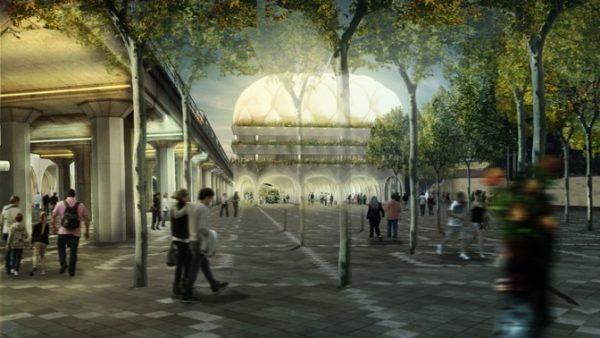 Aldo Rossi and Parking Garages
Aldo Rossi and Parking Garages
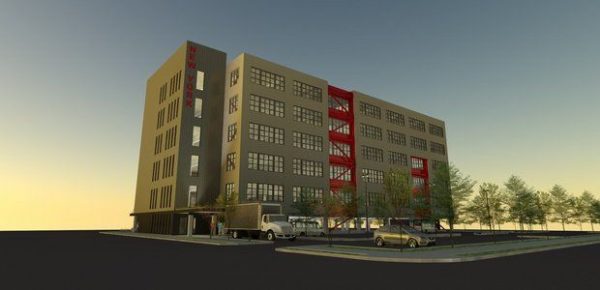 Multi-floor Industrial
Multi-floor Industrial
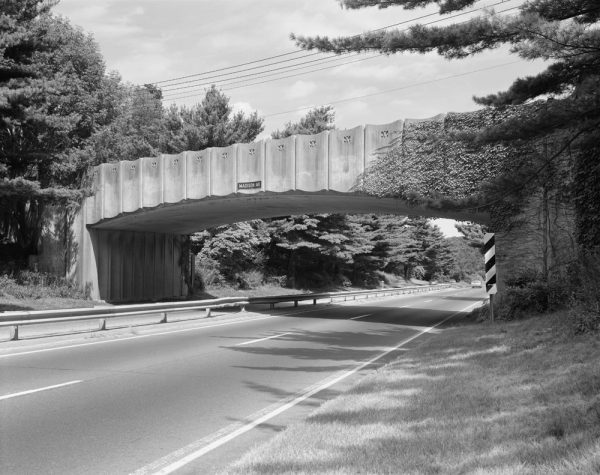 Infrastructure as Architecture
Infrastructure as Architecture
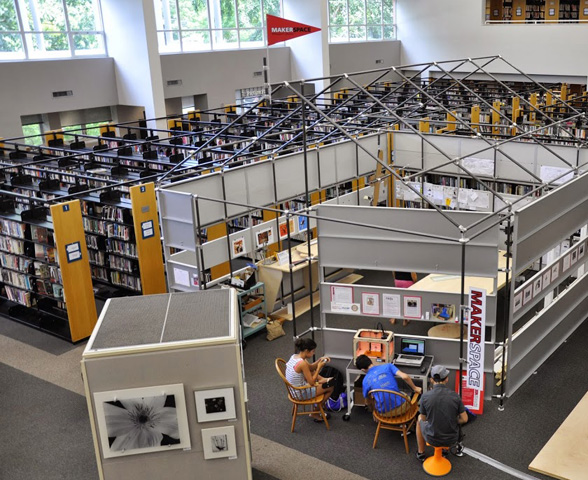 The Library of the Future
The Library of the Future
 George Condo and Philip Taaffe
George Condo and Philip Taaffe
 Was this "architected"?
Was this "architected"?
 Gables and Sawtooths
Gables and Sawtooths
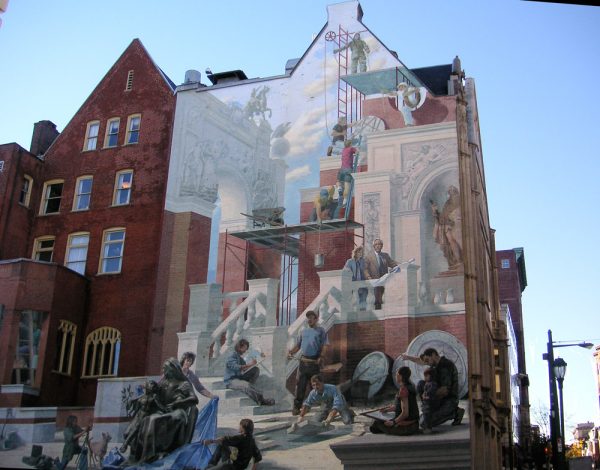 Serendipitous City
Serendipitous City
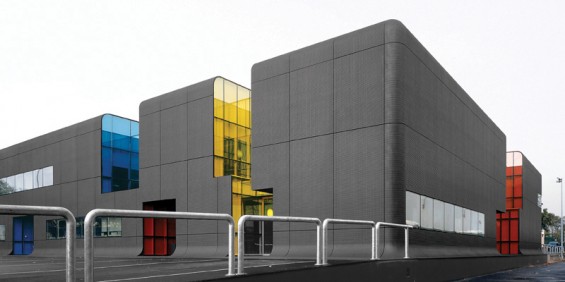 Colored glass
Colored glass
 The Trouble with Mid-rises
The Trouble with Mid-rises
 Pragmatism and Polemics
Pragmatism and Polemics
 SIGN!
SIGN!
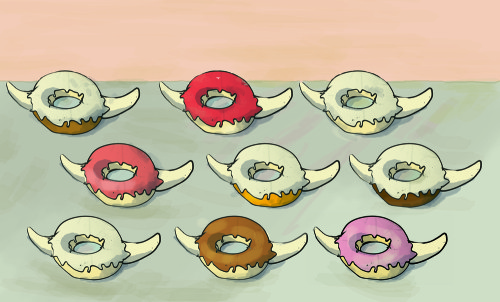 Cronut, or Donut with Horns?
Cronut, or Donut with Horns?
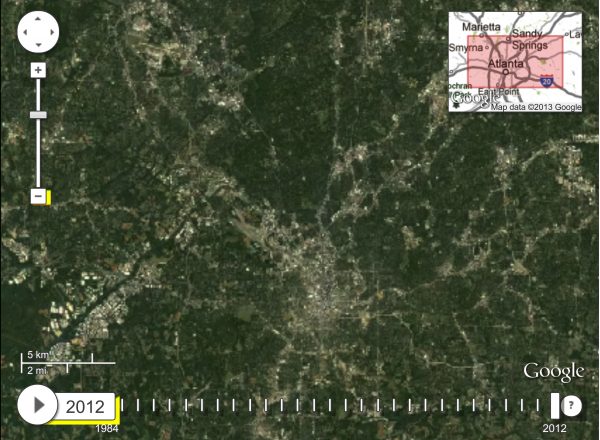 Growing City / Shrinking Earth
Growing City / Shrinking Earth
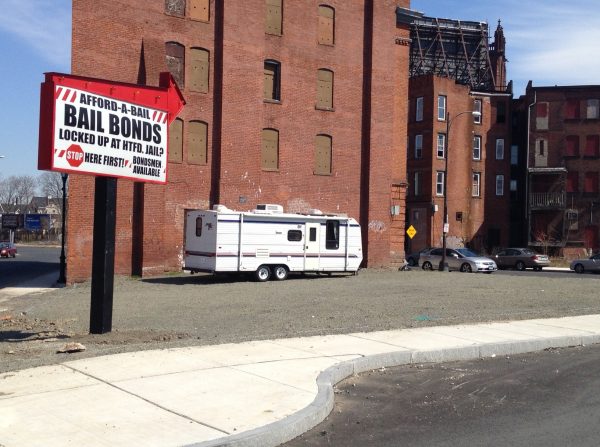 Afford-A-Bail Urbanism
Afford-A-Bail Urbanism
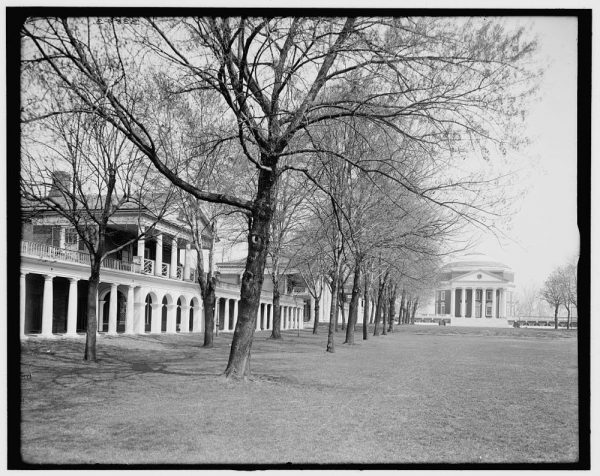 Best Architecture in North America
Best Architecture in North America
 Dirigibles!
Dirigibles!
 Figurative Ceilings
Figurative Ceilings
 Move South Station?
Move South Station?
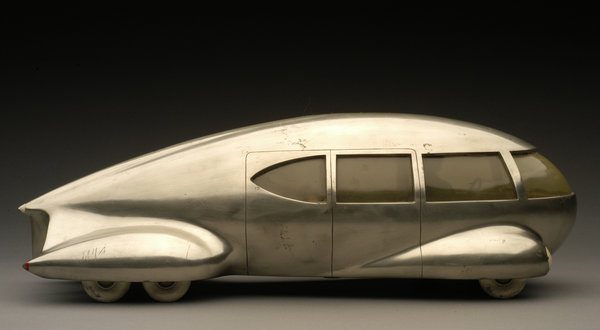 Meaningful Innovation
Meaningful Innovation
 BIG models
BIG models
 Paper Architecture, Emerging Urbanism
Paper Architecture, Emerging Urbanism
“Paper Architecture, Emerging Urbanism” by Tim Love in Places, Design Observe, April 13, 2010.
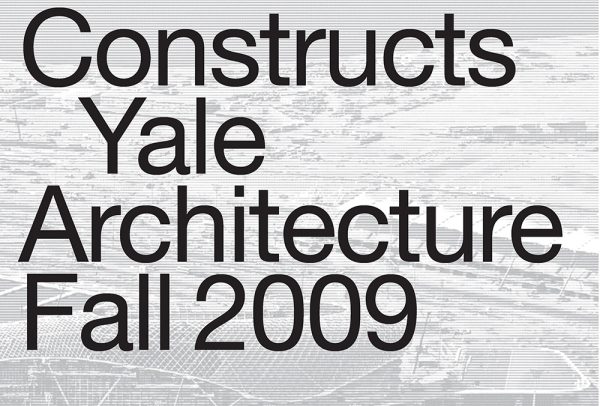 Tim Love, interviewed by Nina Rappaport
Tim Love, interviewed by Nina Rappaport
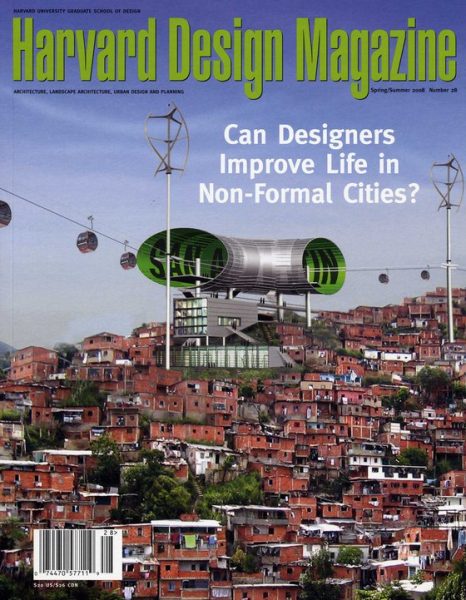 Can Design Improve Life in Cities?: The Cases of Los Angeles, London and Chicago
Can Design Improve Life in Cities?: The Cases of Los Angeles, London and Chicago
“Can Design Improve Life in Cities?: The Cases of Los Angeles, London and Chicago” by Tim Love in Harvard Design Magazine, Number 28, Spring/Summer 2008. (Review of the HDM Symposium “Can Design Improve Life in Cities?)
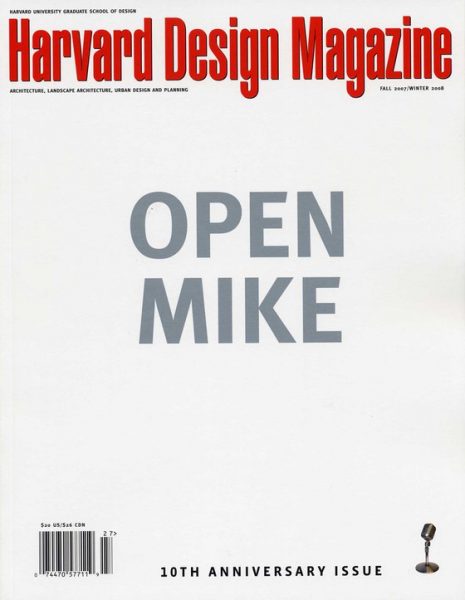 Observations about Contemporary Design Pedagogy
Observations about Contemporary Design Pedagogy
For the 10th anniversary issue, several people who have written for Harvard Design Magazine before – including Tim Love – were invited to explore whatever was of concern to them now, free of any prescribed topic.